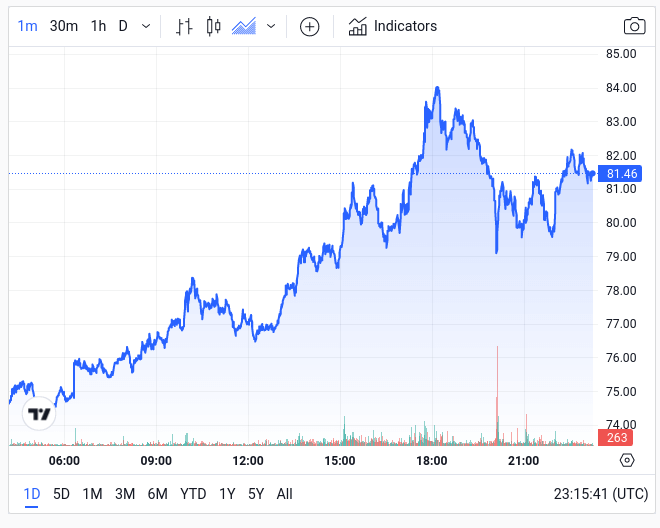Depeg crisis of real estate-backed USDR stablecoin deemed terminal as protecting users 'impossible'
TangibleDAO will discontinue its real estate-backed USDR stablecoin stablecoin project after it depegged on Oct. 11.
In an Oct. 12 post on X (formerly Twitter), the project said the stablecoin has too many attack vectors in its design, and measures designed to protect its users were easily manipulated.
“We can protect our users at the current size, but as we continued scaling, it may have become impossible,” the TangibleDAO said. “We’ve always done our best to protect our community and investors. In this case, it’s unwinding USDR for the better good.”
Due to this, the team will deprecate the stablecoin once it completes the redemption process to compensate users. The process involves the utilization of its Protocol Owned Liquidity (POL) and Insurance Fund Assets. It also entails introducing a tradable Basket containing tokenized real estate assets.
TangibleDAO further noted that it would liquidate its real estate assets as a backup plan in case the Basket redemption strategy encounters difficulties.
Why did USDR depeg?
USDR fell from its $1 peg because its treasury used illiquid assets, such as real estate, to back the stablecoin, according to Tom Wan, a researcher at 21Shares.
Wan said the instability arose because TangibleDAO couldn’t meet its users’ redemption demands for USDR despite the asset being fully backed by the DAI stablecoin and real estate.
The stablecoin experienced a significant wave of redemptions that depleted the DAI liquidity in its treasury on Oct. 11. With only illiquid real estate left to back the stablecoin, TangibleDAO couldn’t fulfill user requests, leading to a panic-driven sell-off and the subsequent de-pegging of the asset.
Wan continued that the treasury’s inability to meet redemption demands could be attributed to the illiquid nature of its real estate assets. These real estate assets were tokenized in ERC-721 rather than ERC-20, making fractionalization and trading challenging.
He emphasized two crucial takeaways from this situation. First, a liquid asset must not rely on an illiquid one for backing. Second, to enhance tradability, tokenizing illiquid assets using the ERC-20 standard is essential.




